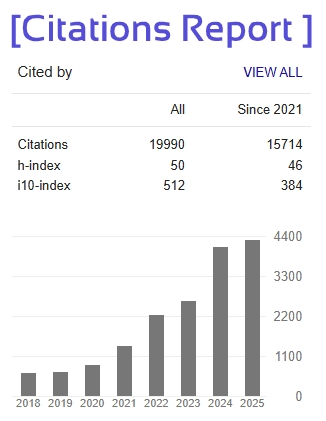- Version
- Download 53
- File Size 369.85 KB
- File Count 1
- Create Date 03/05/2025
- Last Updated 03/05/2025
Pulmonary Disease Prediction by Using Machine Learning Technique
Sakshi Dubey1, Vinayak2, Rudrendra Bahadur Singh3, Vineet4, Sadanand5, Rajeev Kushwaha6,
Km Anukriti Singh7
2,3 Guide Of Department of Computer Science and Engineering, Babu Banarasi Das Institute of Technology and Management, Lucknow
1,4,5,6,7 Bachelor of Technology in Computer Science and Engineering, Babu Banarasi Das Institute of Technology and Management, Lucknow
---------------------------------------------------------------------***---------------------------------------------------------------------
Abstract - Pulmonary Disease is one of the leading causes of Cancer related deaths world wide and its early diagnosis and treatment are essential to cure the patient normally indicated by small growths in the lungs called nodules. It usually happens because cells in the lungs start increasing uncontrollably. Finding these Lung nodules is important for detecting lung Cancer, these nodules are typically detected through CT scans, but manual interpretation can be time-consuming and prone to human error. Through a process of feature extraction and selection, our model was trained to identify patterns and subtle abnormalities indicative of lung cancer within the imaging data. Machine learning and deep learning models have shown promise in enhancing the accuracy and efficiency of lung cancer detection. Convolutional Neural Networks (CNN), a type of deep learning technique, have recently shown promising results in image-based medical diagnosis. Identifying lung cancer from a healthcare picture collection using a CNN-based approach, with an emphasis on histological image data. The suggested CNN method uses the inherent hierarchical properties of medical images to automatically identify distinguishing elements that point to lung cancer. The limitations of small healthcare picture datasets are effectively addressed through transfer learning from large image datasets and refining taught models. A large dataset of patients with lung cancer is used to create and evaluate the CNN model that makes use of the VGG-19 architecture. Cancer may be automatically diagnosed using the power of Machine Learning (ML) with medical images. ML can classify cancer cell images more accurately with less time and lower cost. This research modifies the Convolutional Neural Network (CNN) model as pre-trained Visual Geometry Group19 (VGG19) for classifying lung cancer biopsy images with improved augmentation technique. By enhancing VGG19's generalizability to large-scale datasets and optimizing it for medical imaging, our study seeks to address these issues. According to experimental data, our method improves early diagnosis and detection performance, lowering false positives and facilitating more efficient lung cancer screening and treatment planning. The results observed with fine-tuned VGG19 model with improved augmentation technique are up to 98.73% accuracy. By harnessing the power of the Convolutional Neural Network, we offer a promising solution for early detection, thereby facilitating timely interventions and ultimately enhancing patient outcomes in the fight against lung cancer. A large dataset of patients with lung cancer is used to create and evaluate the CNN model that makes use of the VGG-19 architecture.
Keywords: Lung cancer detection, feature extraction, model evaluation, nodule detection, Convolutional Neural Networks







